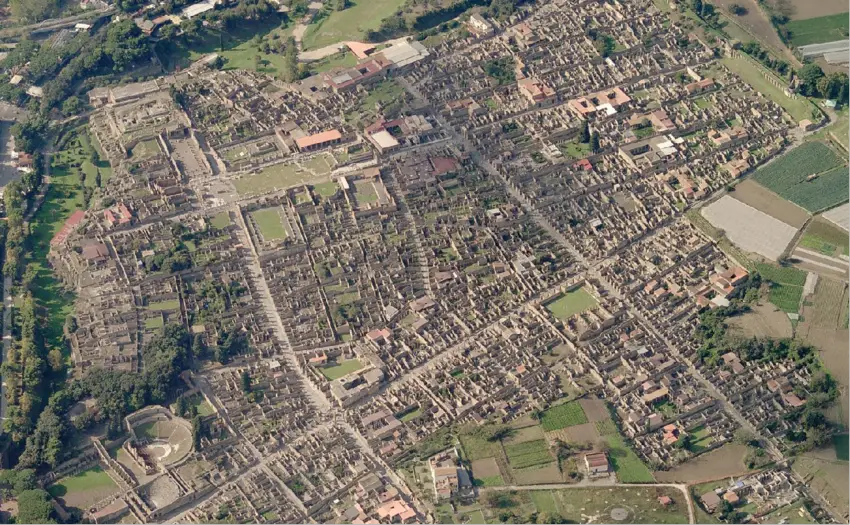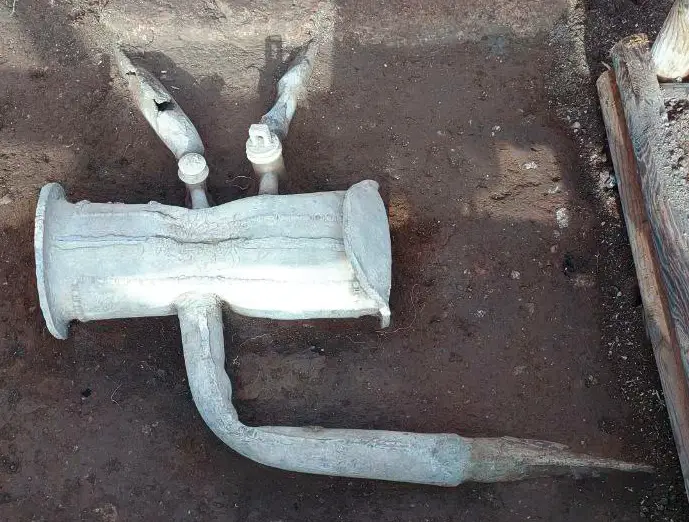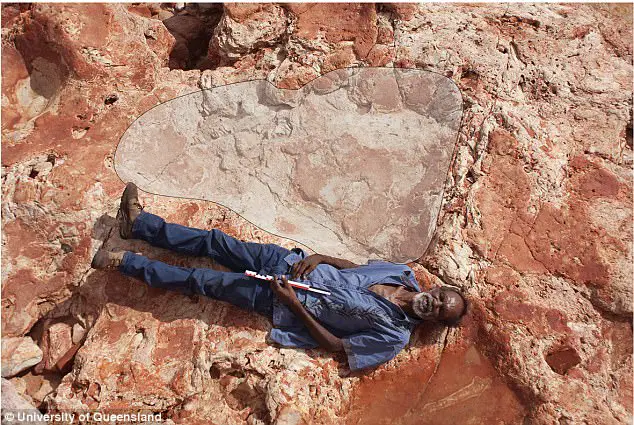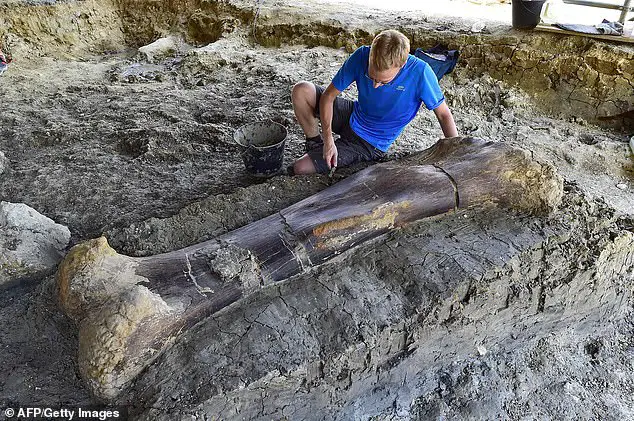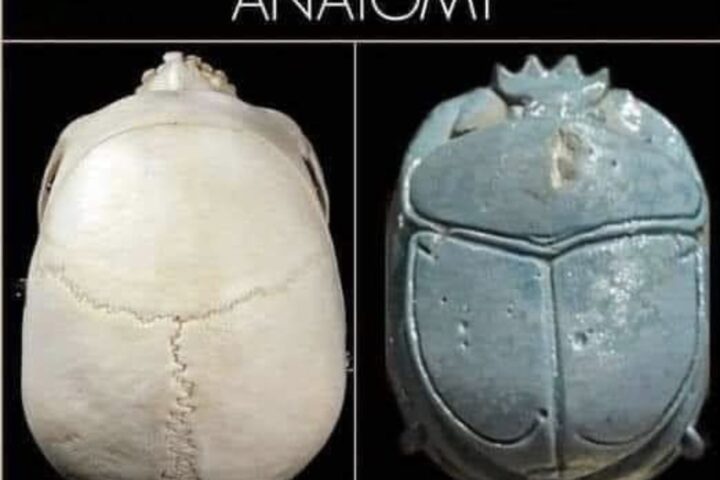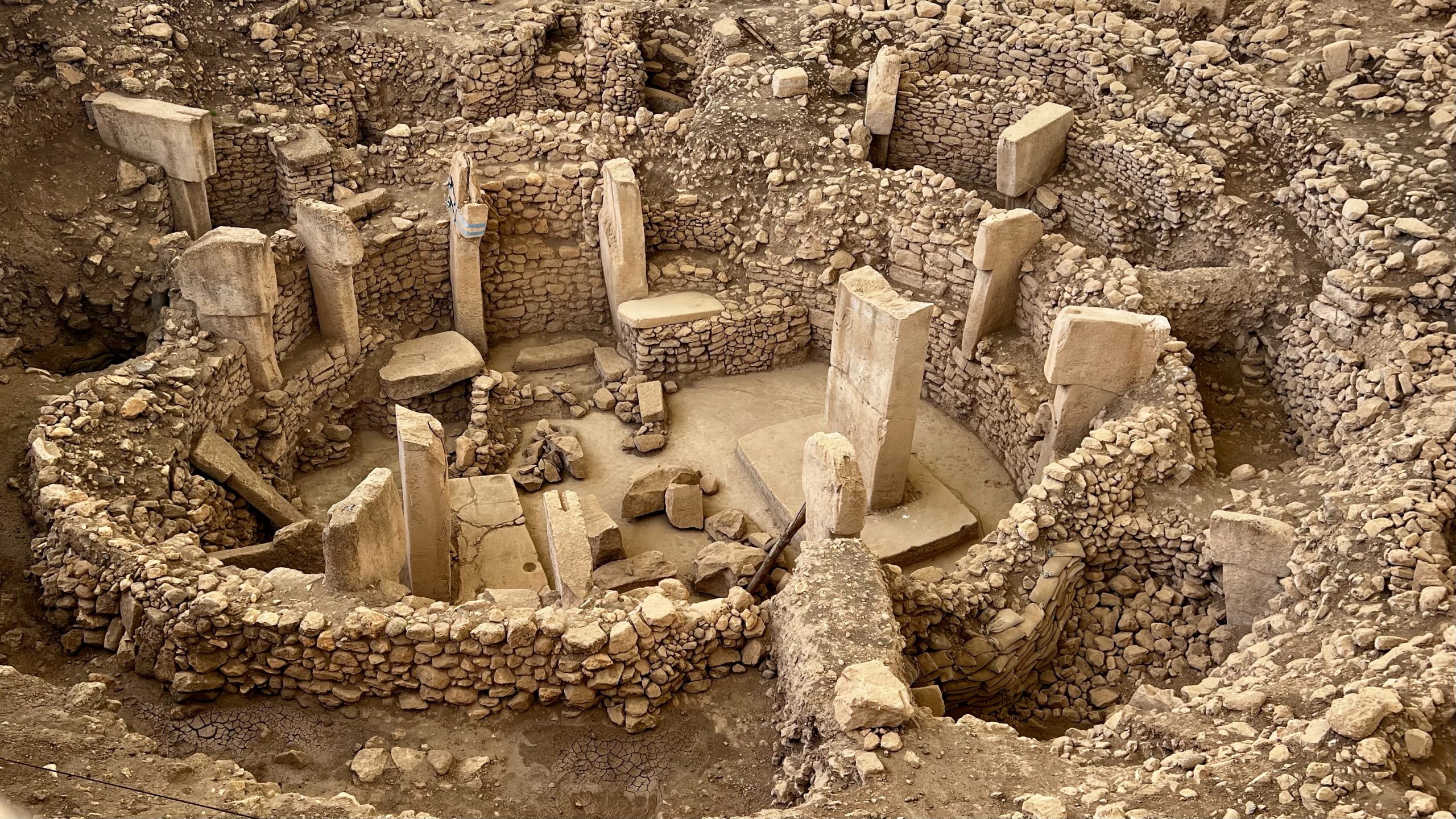Introduction: A remarkable discovery in Pompeii’s Villa Arianna reveals a glimpse into the sophisticated engineering and appreciation for aesthetics of the 1st-century AD. An intricately designed lead water tank, unearthed in this historic site, showcases the advanced plumbing systems of ancient Roman society.
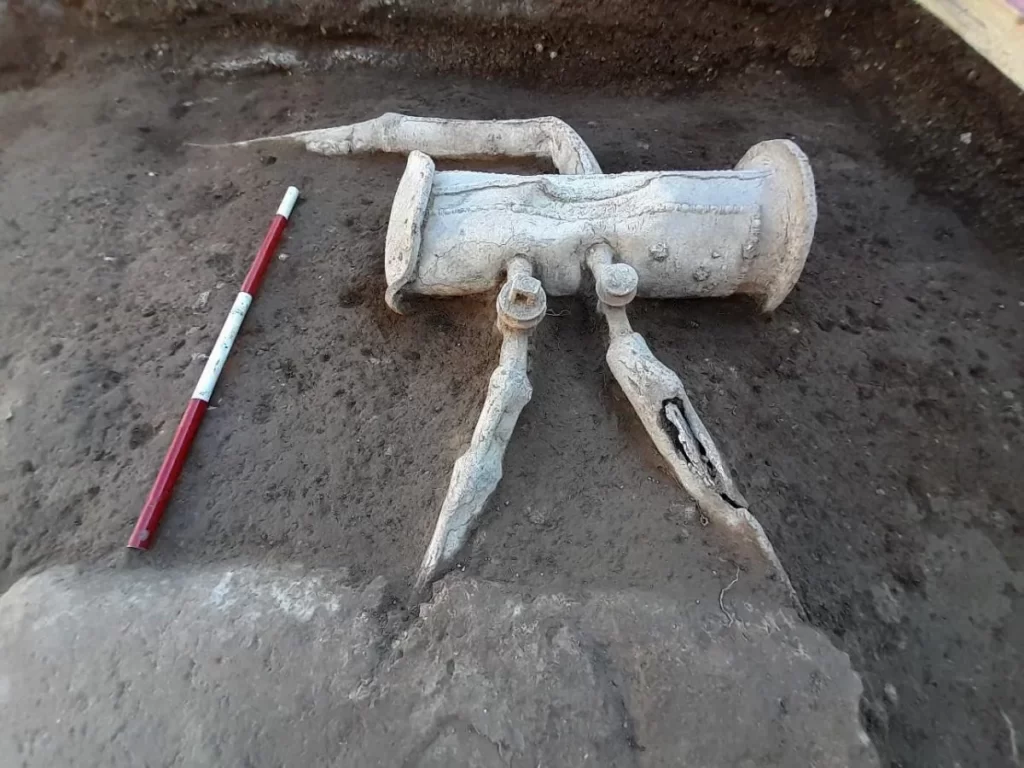
The Discovery and Its Significance: This lead tank, found in one of Pompeii’s grandest villas, highlights the Roman commitment to combining functionality with artistry. It was designed to supply water through a single pipe, distributing it to different areas of the house via two additional pipes with adjustable valves.
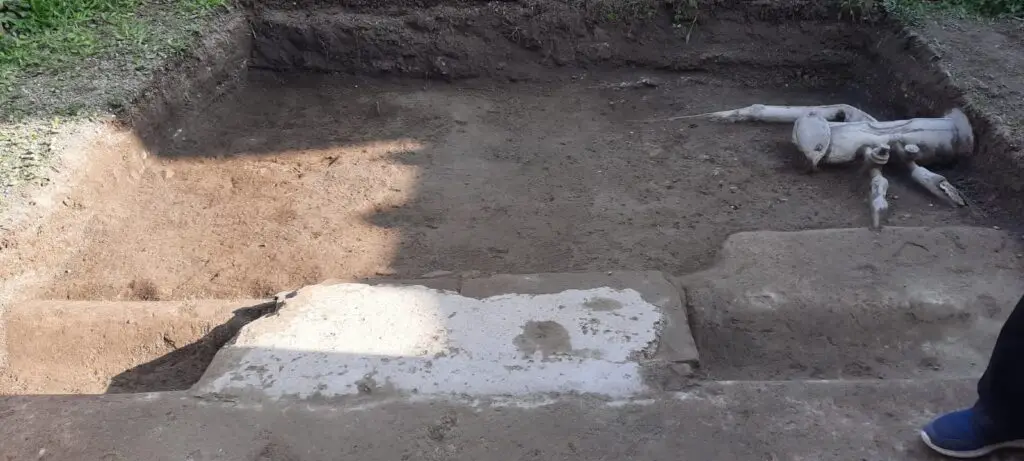
Advanced Plumbing Technology: The tank’s ability to control water flow with adjustable valves indicates a level of technical sophistication rare for its time. This innovation speaks volumes about the Roman approach to urban planning and domestic comfort.
Aesthetic Elements: Apart from its functional prowess, the tank features decorative elements, reflecting the era’s inclination towards beautifying even the most technical devices. This aspect sheds light on the Roman appreciation for art in everyday life.
Archaeological Context: The tank’s discovery in Villa Arianna, a site already known for its stunning frescoes and luxurious layout, adds another dimension to our understanding of Roman lifestyle and their architectural sensibilities.
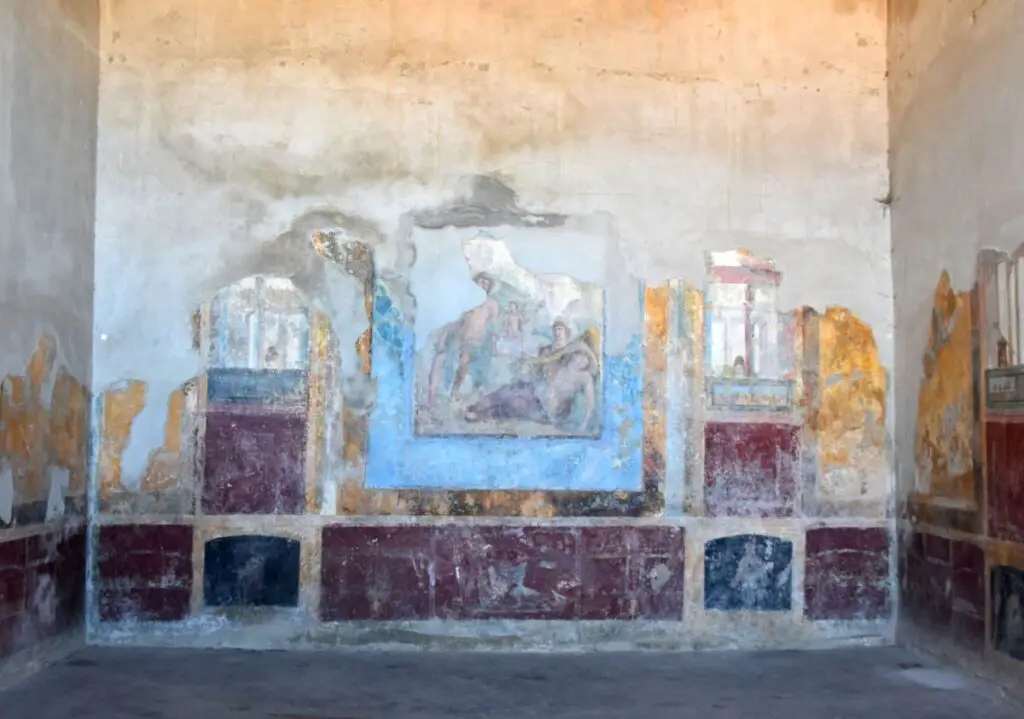
Conclusion: The lead water tank of Pompeii’s Villa Arianna stands as a testament to the ingenuity and artistic flair of ancient Roman society. It not only underscores their advanced engineering skills but also their belief in harmonizing utility with beauty.
